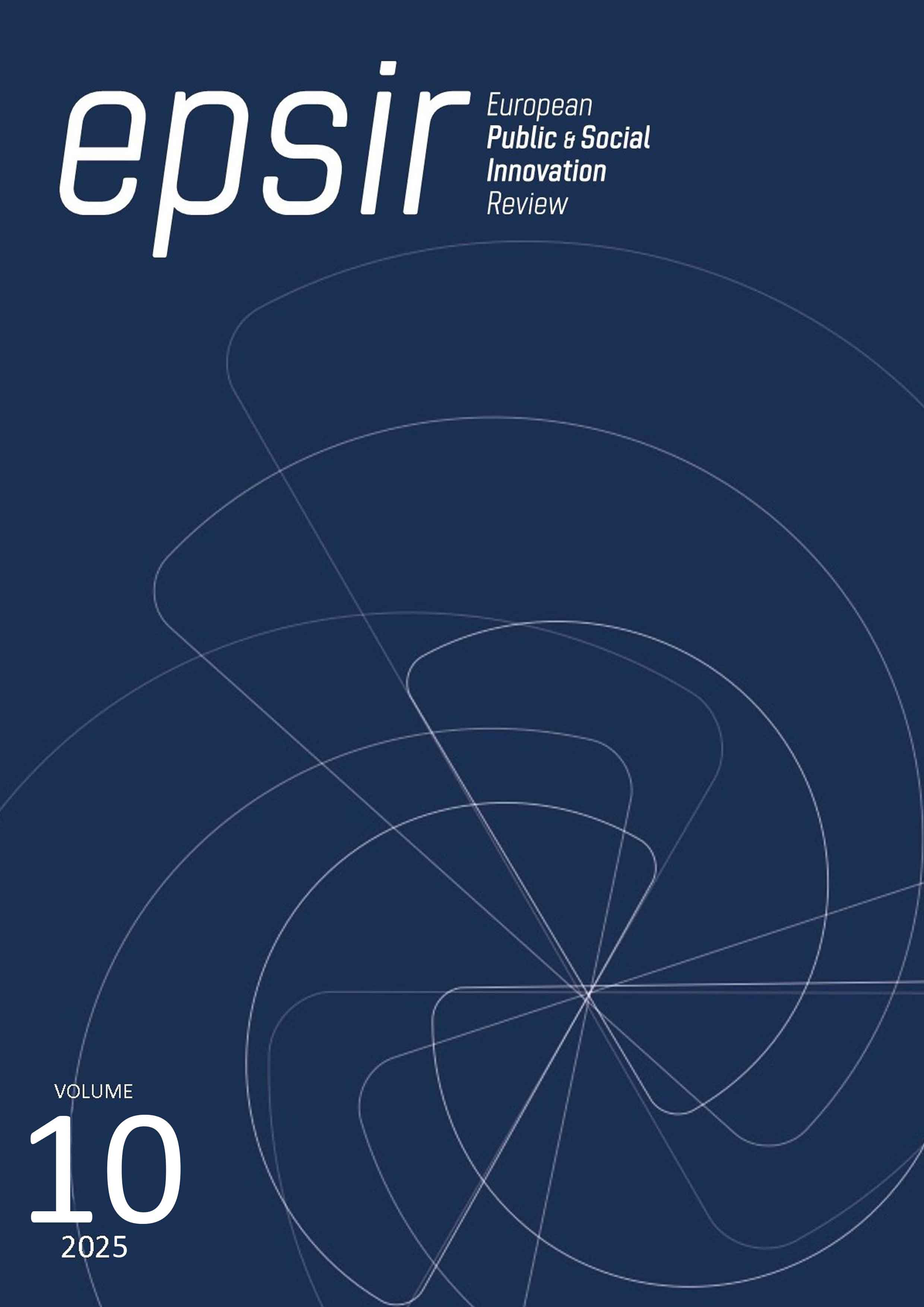La arquitectura como funambulismo, des / equilibrios materialistas e idealistas con el arte y el paisaje
DOI:
https://doi.org/10.31637/epsir-2025-630Parole chiave:
Materialismo metafísico, idealismo analítico, mente, territorio, sociedad, arquitectura, arte, paisajeAbstract
Introducción: Las relaciones y equilibrios teórico-prácticos entre arquitectura, arte y paisaje plantean preguntas epistemológicas sobre materia e idea complejas de responder por el método científico, aunque se sirvan de sus procedimientos para comprenderlas; es parte del trabajo del arquitecto reequilibrar como un funambulista lo técnico con lo artístico ante la imposibilidad de explicar las cualidades en términos de cantidades. La metodología empleada corresponde principalmente al estudio de dos casos, a partir del trabajo colaborativo entre el arquitecto José Luis Sert y el artista Joan Miró en el proceso de materialización de un taller y un museo, que el arquitecto diseñó junto el artista entorno a los años 60 del siglo XX. Resultados: se lograron mostrar las relaciones de reequilibrio que deben realizar los arquitectos y artistas, cuando se enfrentan a una intervención arquitectónico-artística en el paisaje, quedando evidenciado que la información cuantitativa, técnica, adquiere similar importancia a la cualitativa, relacionada con la fenomenología, la sensibilidad, el arte y la creatividad; las conclusiones corroboran la tesis de las dificultades y retos para arquitectos y artistas, de lograr los equilibrios -metafóricamente hablando como lo hace un funambulista- entre arquitectura arte y paisaje desde la práctica proyectual hasta el ejercicio constructivo profesional.
Downloads
Riferimenti bibliografici
Aguiló, M., Juncosa, P. (2008). Miró Sert: en sus propias palabras: correspondencia 1937-1980. Cendeac.
Cabañas, P. (2000). La Fuerza de Oriente en la obra de Joan Miró. Electra.
Cazau, P. (2006). Introducción a la investigación en ciencias sociales.Rundinuskín.
Cela, C. J. (1957). La llamada de la tierra (Acta de un monólogo de J.M.). Bookitem.
Dupin, J. (2004). Miró. Flammarion.
Garza Mercado, A. (2005). Manual de técnicas de investigación para estudiantes de Ciencias Sociales. El Colegio de México.
Heidegger, M., Barjau, E. (2007). La pregunta por la técnica; construir, habitar, pensar. Folio.
Hernández Sampieri, R. (2014). Metodología de la investigación. McGraw-Hill.
Juncosa, P., Sert, J. L., y Puente, M. (2011). Josep Lluís Sert: conversaciones y escritos : lugares de encuentro para las artes. Gustavo Gili.
Jurado, Y. (2002). Técnicas de investigación documental: manual para la elaboración de tesis, monografías, ensayos e informes académicos. Thomson.
Kastrup, B. (2021). ¿Por qué el materialismo es un embuste? : Atalanta.
Moral, J.-M. del, Punyet J (2015). El ojo de Miró. Fundació Pilar i Joan Miró.
Muntañola, J., Rapoport, A.(2003).La importancia de la cultura, Arquitectonics : mind, land & society, (5), p 61-86, https://acortar.link/7JwWxW
Penrose, R. (1991). Miró. Destino.
Ricoeur, P., & Neira Calvo, A. (1995). Tiempo y narración. Siglo XXI.
Rodríguez, G. (1996). Metodología de la investigación cualitativa. Aljibe.
Rojas Soriano, R. (2008). Guía para realizar investigaciones sociales. Plaza y Valdés S. A.
Rowell, M. (1992). Joan Miró: selected writings and interviews [Book]. Da Capo Press.
Sabino, C. A. (1996). El Proceso de investigación. Lumen.
Sandín Esteban, Ma. Paz. (2003). Investigación cualitativa en educación. McGraw-Hill.
Santos Torroella, R. (1994). 35 años de Joan Miró. Parsifal.
Vasilachis de Gialdino, I. (2014). Estrategias de investigación cualitativa. Gedisa.
Downloads
Pubblicato
Come citare
Fascicolo
Sezione
Licenza
Copyright (c) 2024 René García Blanco

Questo lavoro è fornito con la licenza Creative Commons Attribuzione - Non commerciale - Non opere derivate 4.0 Internazionale.
Authors who publish with this journal agree to the following terms:- Authors retain copyright and grant the journal right of first publication with the work simultaneously licensed under Creative Commons Non Commercial, No Derivatives Attribution 4.0. International (CC BY-NC-ND 4.0.), that allows others to share the work with an acknowledgement of the work's authorship and initial publication in this journal.
- Authors are able to enter into separate, additional contractual arrangements for the non-exclusive distribution of the journal's published version of the work (e.g., post it to an institutional repository or publish it in a book), with an acknowledgement of its initial publication in this journal.
- Authors are permitted and encouraged to post their work online (e.g., in institutional repositories or on their website) prior to and during the submission process, as it can lead to productive exchanges, as well as earlier and greater citation of published work (See The Effect of Open Access).



